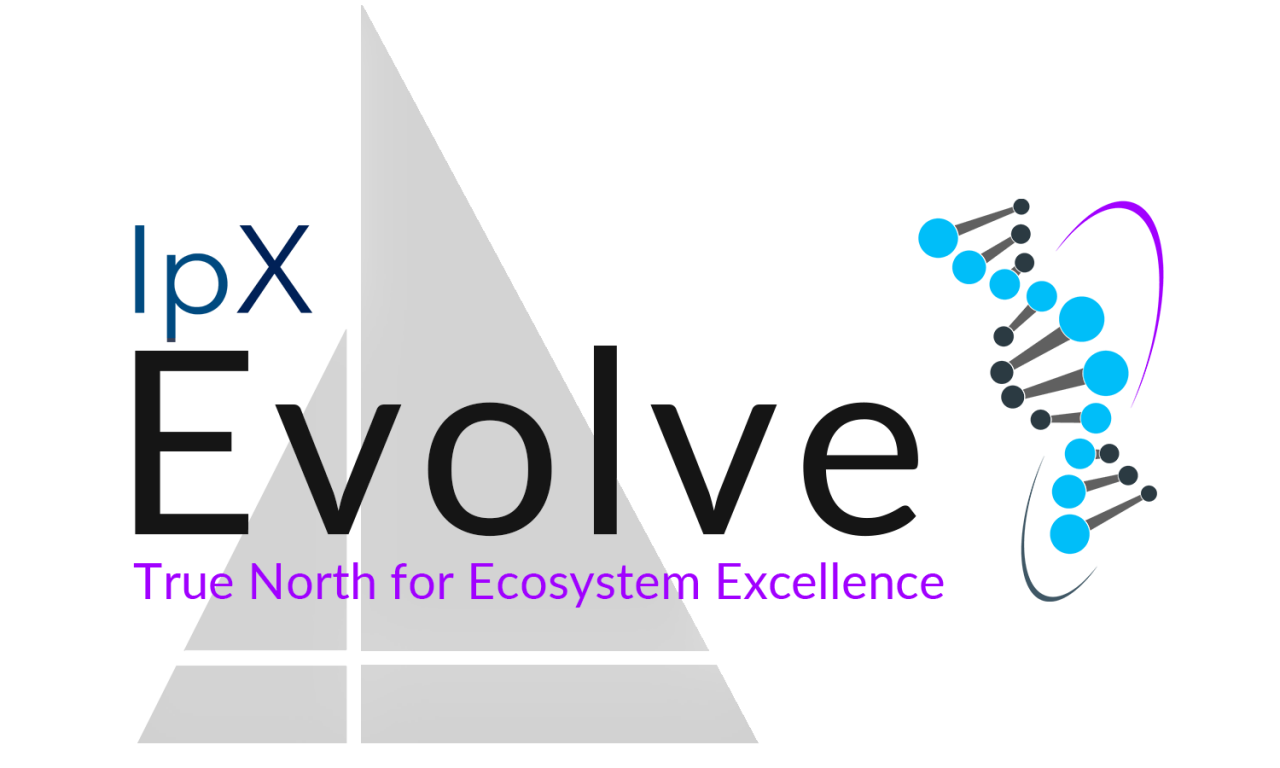Managing the Complexity of Product Dataset Approvals
05/11/2023
Michael Benning, IpX Executive Director True North Calibration

In the product release process, appropriately balancing accelerating program schedules and process efficiency against assuring design robustness and manufacturing readiness has seldom been more challenging. Organizations struggling to rebalance these competing priorities in today's economic environment often find themselves retesting their approval processes in six key areas.
Assignment of approvers.
As organizations and product portfolios grow, scaling systems and processes to identify and assign approvers becomes increasingly
challenging. For many organizations, individual products are members of a family of configurable products - each addressing unique sets of requirements. And they are often complex systems constructed of a myriad of components and sub-systems which may be built and assembled in multiple locations with multiple internal and external supply chains. Depending upon complexity and risk profile, product releases may require approval from a dozen or more individuals across multiple sites and functions. As complexity increases, many organizations can no longer rely simply on organizational knowledge to assign approvers and find themselves turning to IT solutions to support and streamline identification and assignment. While an improvement, many organizations unfortunately encounter a new and unexpected set of challenges including maintaining such systems in evolving organizations and product portfolios.
Clarity in approvers' responsibilities & authorities.
Interviews with approvers often reveal an inconsistent or incomplete understanding of how approval responsibilities are allocated to systemically assure design and manufacturing robustness. For some organizations, the hierarchy of approvers, their associated responsibilities, and their ability to influence the decision-making process across various program scopes and phases are undocumented and unclear. Appropriately managing the inherent tension between business objectives and functional excellence priorities, and schedule versus launch readiness - to mention a few - must be constructively and proactively influenced by the community of approvers within the context of a
clear framework of responsibilities.
Documentation.
Ensuring product release documentation is clear and appropriate for the range of approver responsibilities is another common challenge - particularly in growing organizations where inexperienced staff may lack familiarity with systems, processes, and expectations. Clearly defining and documenting standards and expectations is key to eliminating the need for approvers to request additional information. The recent increase in remote working has impacted the accessibility of supervisors and experienced staff to provide guidance and coaching.
Approver responsiveness and process transparency.
Responsiveness of approvers is an issue for many organizations. Often, timing expectations and requirements are uncommunicated, and prioritization guidelines are abused as "
high priority" becomes the default setting for the bulk of requests for review and approval. For other organizations, product release systems provide inadequate transparency in communication and the flow of information among requestors and approvers. The status and path to approval of releases is unclear to key stakeholders, and the community of approvers are unfairly tagged as being unresponsive.
Process variability. For some large organizations, business units must design and operate processes and systems with a significant degree of autonomy for important strategic reasons. This autonomy can, however, have unintended consequences creating inefficiencies for functions and teams supporting multiple businesses. In other organizations, process variability happens as a result of individual and team preferences with limited understanding of downstream impacts. For approvers, this variability can include working in multiple systems, different processes, and disconnected data structures. The impacts and objectives of this
variability must be understood and, where appropriate, addressed.
Capability development and succession planning. Many organizations are struggling to manage looming demographic challenges in their organizations as their workforce matures and key technical authorities and members of the community of approvers approach retirement. But few prioritize proactively planning and systematically developing the key capabilities required to ensure a
succession pipeline in their organizations. Best practices include identifying the key capability areas within the hierarchy of approvers, existing and future organizational gaps, and - importantly - the individual development plans, including the assignments and roles required to proactively meet formalized succession plans.
Addressing inefficiencies and managing competing priorities appropriately in approving product releases is both important and challenging. Addressing gaps and opportunities often involves six interconnected elements. Too often it is a high impact event causing organizations to revisit and systematically redesign their approval processes.
-----
AUTHOR
Michael Benning, Executive Director of True North Calibration, brings over 25 years of experience in various project and operations management roles in the oil and gas and manufacturing sectors. Prior to joining IpX, Michael was the Director of Program Management and was tasked with establishing a Change & Configuration Management competence based on CM2 principles at a tier-1 automotive manufacturer. This global competency included 2 Change Leaders, 1 Change Implementation Leader, 2 Audit Release Analysts, a Director of Change Management, and had direct oversight to the CAD services team. In addition to rationalizing existing product portfolios, and integrating CM2 principles with legacy engineering and operations processes, the team implemented a configurator platform.
Connect on LinkedIn

ALWAYS EVOLVE WITH IPX
IpX believes organizational sustainability, scalability and transformation are born from the continual evolution of people, processes, systems and data. Through our leading workforce development platform known as the IDEA Academy, our CM2 standard and certification courses, True North professional services, and digital solution advisement, we enable your organization to always evolve based on a functional blueprint for the ecosystem of tomorrow. Drive innovation, create a better customer experience, and enable your workforce as an organization built for change, speed, quality and resiliency. www.ipxhq.com

